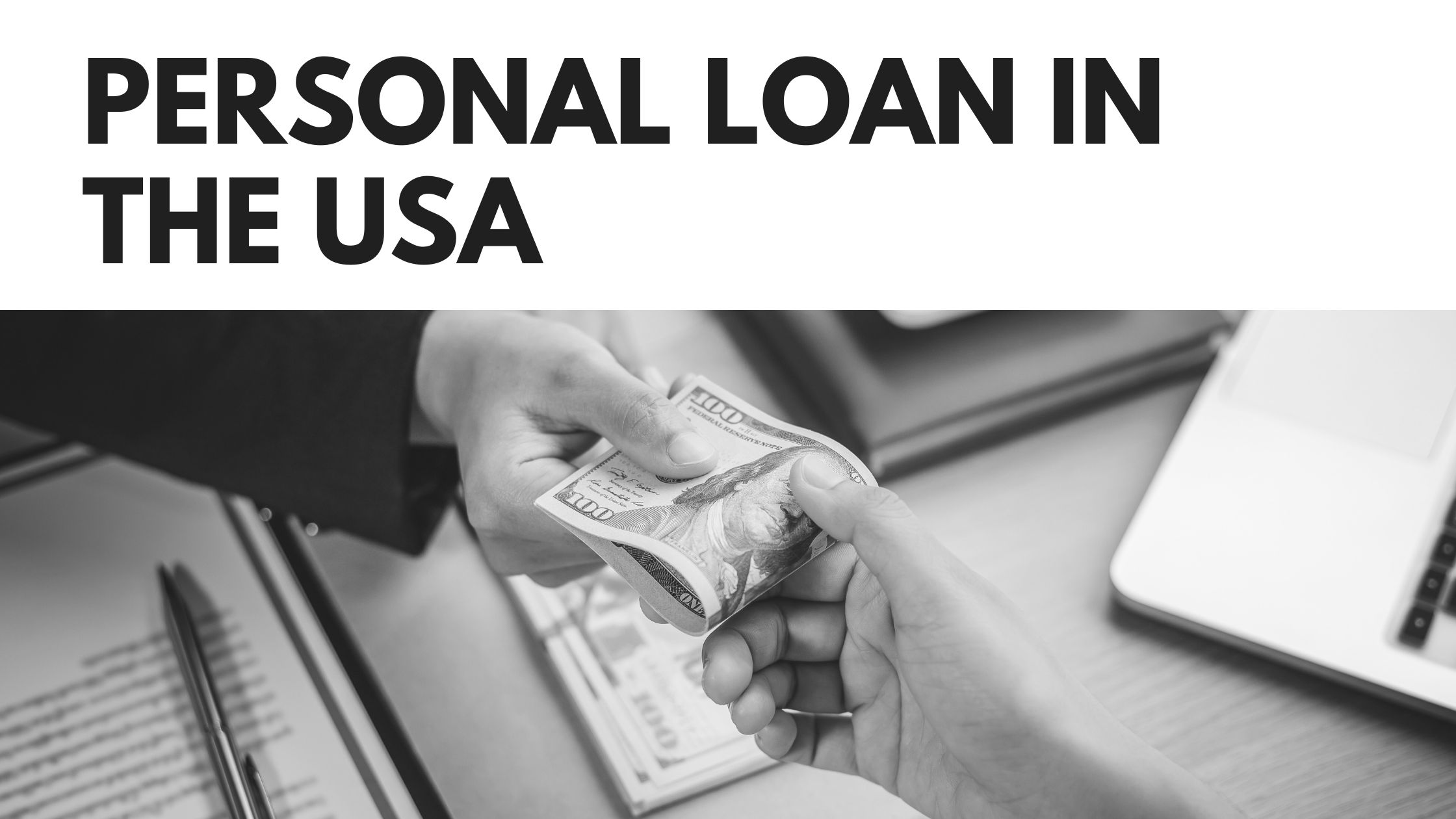In today’s dynamic economic landscape, the need for financial assistance is a common occurrence. Whether it’s for unexpected medical expenses, home renovations, or debt consolidation, a personal loan can be a viable solution. If you’re in the USA and considering obtaining a personal loan, this comprehensive guide will walk you through the process, eligibility criteria, tips, and pitfalls to ensure you make informed decisions.
Understanding Personal Loans:
Before diving into the details of obtaining a personal loan in the USA, it’s crucial to understand what personal loans are. Personal loans are unsecured loans, meaning they don’t require collateral. They are typically used for various personal reasons, and the borrower agrees to repay the loan amount along with interest in fixed monthly installments.
Types of Personal Loans:
- Secured Personal Loans: Some lenders offer secured personal loans, which require collateral. Common assets used as collateral include cars, homes, or savings accounts. Secured loans may have lower interest rates due to the reduced risk for the lender.
- Unsecured Personal Loans: The majority of personal loans in the USA are unsecured. They don’t require collateral, making them more accessible to a broader range of borrowers. However, unsecured loans often come with higher interest rates.
- Fixed-Rate Personal Loans: With fixed-rate personal loans, the interest rate remains constant throughout the loan term, providing predictability in monthly payments.
- Variable-Rate Personal Loans: Variable-rate personal loans have interest rates that can fluctuate based on changes in market conditions. While these loans may offer lower initial rates, they come with the risk of increasing payments over time.
Steps to Get a Personal Loan in the USA:
- Evaluate Your Financial Situation: Before applying for a personal loan, assess your financial situation. Determine how much you need, your ability to repay, and whether a personal loan is the most suitable option.
- Check Your Credit Score: Your credit score plays a crucial role in the loan approval process and the interest rate you’ll be offered. Obtain a copy of your credit report and score from major credit bureaus to ensure accuracy.
- Research Lenders: Explore different lenders, including traditional banks, credit unions, and online lenders. Compare interest rates, fees, and terms to find the lender that best fits your needs.
- Prequalify for Loans: Many lenders offer prequalification, allowing you to check potential loan offers without affecting your credit score. Use this information to compare loan terms and choose the most favorable option.
- Gather Necessary Documentation: Lenders will require documentation to process your loan application. This may include proof of income, employment verification, and personal identification. Having these documents ready can expedite the loan approval process.
- Submit Loan Application: Once you’ve chosen a lender and gathered the necessary documents, submit your loan application. Be prepared to provide information about the purpose of the loan and details about your financial situation.
- Review Loan Offers: If approved, carefully review the loan offers. Pay attention to the interest rate, loan term, monthly payments, and any additional fees. Ensure you understand the terms and conditions before accepting an offer.
- Accept the Loan and Repayment Terms: After selecting the most suitable loan offer, accept the terms and conditions. Be aware of the repayment schedule and set up automatic payments if available, ensuring timely repayments.
Eligibility Criteria for Personal Loans:
- Credit Score: A higher credit score increases your chances of loan approval and secures more favorable interest rates. Lenders typically prefer borrowers with good to excellent credit.
- Income and Employment: Lenders assess your income and employment history to gauge your ability to repay the loan. Stable employment and a consistent income enhance your eligibility.
- Debt-to-Income Ratio: Your debt-to-income ratio, which compares your monthly debt payments to your income, is a crucial factor. Lenders prefer borrowers with a lower debt-to-income ratio, indicating better financial stability.
- Credit History: In addition to your credit score, lenders consider your credit history. A clean credit history, free from bankruptcies or significant delinquencies, improves your chances of approval.
Tips for Getting the Best Personal Loan:
- Improve Your Credit Score: If your credit score is less than ideal, take steps to improve it before applying for a personal loan. Pay off existing debts, address any inaccuracies on your credit report, and make timely payments.
- Compare Multiple Lenders: Don’t settle for the first loan offer you receive. Compare terms from multiple lenders to secure the most favorable interest rates and repayment terms.
- Beware of Predatory Lenders: Be cautious of lenders that offer seemingly too-good-to-be-true deals. Verify the legitimacy of the lender and carefully read the terms and conditions to avoid falling victim to predatory practices.
- Consider Loan Terms: Choose a loan term that aligns with your financial goals. While longer terms may result in lower monthly payments, they often come with higher overall interest costs.
- Understand Fees and Charges: Review the loan agreement for any hidden fees or charges. Be aware of origination fees, prepayment penalties, and any other costs associated with the loan.
- Explore Co-Signers: If you have a limited credit history or a lower credit score, consider asking a trusted friend or family member to co-sign the loan. A co-signer with a strong credit history can improve your chances of approval and secure better terms.
Pitfalls to Avoid When Getting a Personal Loan:
- Borrowing More Than Needed: While it might be tempting to borrow extra funds, only take what you truly need to avoid unnecessary debt.
- Ignoring the Fine Print: Carefully read the terms and conditions of the loan agreement. Ignoring the fine print can lead to unexpected fees or unfavorable terms.
- Neglecting Your Credit Score: Your credit score is a crucial factor in loan approval and interest rates. Neglecting it can result in higher costs and limited loan options.
- Skipping Payments: Timely payments are essential for maintaining a positive credit history. Skipping payments can result in late fees, increased interest rates, and damage to your credit score.
Conclusion:
Obtaining a personal loan in the USA can be a straightforward process with careful planning and consideration. By understanding the types of personal loans, following the steps outlined in this guide, and being mindful of eligibility criteria, you can navigate the loan application process successfully. Remember to compare lenders, review terms and conditions, and make informed decisions to secure the best personal loan for your financial needs.








